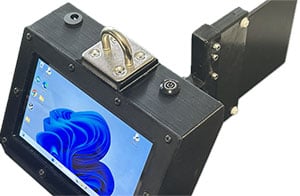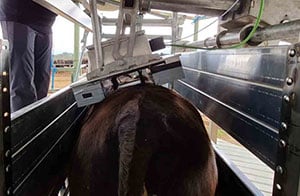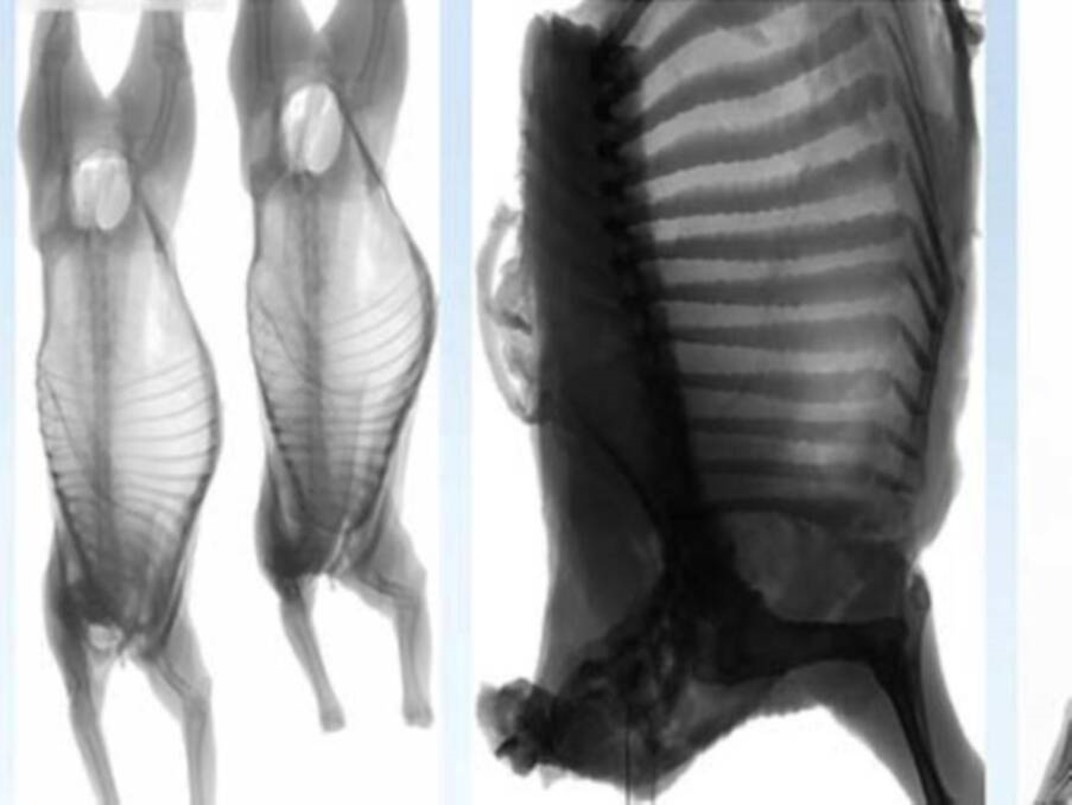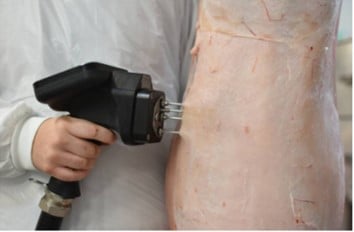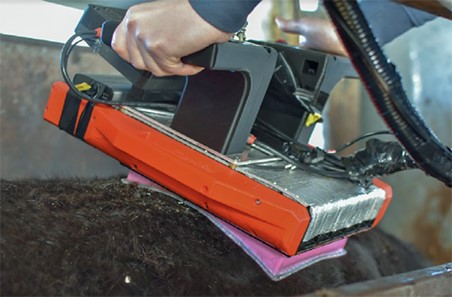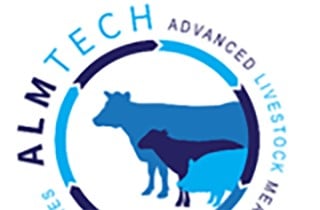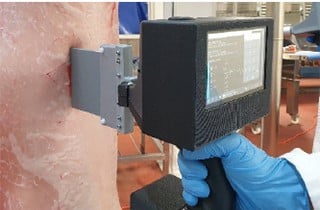MLA’s Objective Measurement (OM) sub-program support development and industry adoption of a range of technologies that measure or estimate key traits that describe livestock productivity and carcase value at appropriate points in the supply chain, for both live animals and carcases. These technologies improve grading accuracy, transparency and enable new value-based trading models that support the industry’s Red Meat 2030 goal to ‘double the value of Australian red meat sales as the trusted source of the highest quality protein’.
Additionally, live animal R&D activities aim to improve production efficiency, sustainability and welfare. Investing in both on- and off-farm technologies aligns with MLA’s role and strategy for impact across the value chain, with a strong connection to eating quality delivering consumer satisfaction unpinning red meat demand plus driving a data culture across the industry for decision making.
As well as technology development, the OM program includes other key enablers such calibration of measurements, development of digital data and measurement standards, developing new meat industry language criteria, supporting data integration into business systems, including supporting feedback and producer/seedstock extension programs, and decision support systems.
Successful delivery will support the red meat industry to transition to new business models, underpinned by key objective measurement technologies and related value-based trading.
Strategic focus
The Objective Measurement program contributes towards the outcomes of the following strategic focus areas outlined in MLA’s Strategic Plan 2025:
- Decisions informed through data and insights - Developing technologies that allow data capture, sharing and analysis across the value chain supports industry in building a data culture. It provides the foundation for value-based pricing and enables producers to have greater access to data and feedback on the performance of their animals to inform production decisions.
- Targeted investment to address the industry’s big, complex challenges – Providing specific trait measurement feedback data to producers will help them to improve market specification compliance and confidently supply product that aligns with consumer attributes.
- Enabling new sources of revenue – Objective measurement and automation, underpinned by data and novel technologies, will enable the industry to extract maximum value from the carcase.
- Beyond today’s farm gate – This program involves leveraging insights and technologies from outside of the food sector as well as strong collaboration with new and current commercial partners to achieve efficiencies and impact. It enables the industry to leverage external funding from partners and commercialisers through the MLA Donor Company.
Core Activities
The OM programs historical focus on off-farm technology development has shifted strongly towards adoption and supporting commercial implementation. In parallel there is an increased focus on initiating R&D to develop live animal OM technologies. Key activities include:
- Measurement of carcase quality attributes to enhance MSA and AUS-MEAT grading, by a range of technologies that support current grading and provide new grading opportunities, including investigating opportunities for hot (pre-chiller) beef preliminary MSA grading.
- Development of new AUS-MEAT language and standards; and supporting new technologies to achieve accreditation.
- Development and adoption of objective measurement technologies to measure carcase value, composition and animal health attributes for supply chain feedback, and support development of business systems to deliver value.
- Initiating the development of live animal objective measurement technologies to improve production efficiency, sustainability, and product forecasting and market allocations.
Projects
Benefits to Industry
The OM program develops and supports technologies that contribute to the following value propositions:
- OM based processing of livestock to optimise sales value
- Genetic trait selection for OM based lean meat yield (LMY) increase while maintaining or improving eating quality, and maintaining pH
- OM based increase in feedlot marbling while optimising turn-off times
- Live animal OM measurement of lean meat yield (LMY) for on-farm management and selling decisions
- Intramuscular fat (IMF) measurement at line-speed to enable the MSA cuts-based sheepmeat model
- Hot grading to enhance fabrication efficiency and improve market allocation to optimise value.
The economic impact of the above value propositions were modelled on an ex-ante program level in 2020. The results indicated that the annual cattle and sheep net benefit achievable from the likely adoption of both carcase and live animal based objective measurements is $62.7 million in 2030 and $216.9 million in 2045, with the majority of benefits derived from cattle OM ($50.2 million in 2030 and $174.5 million in 2045). This is estimated to bring $1.3 billion net benefit value to the red meat industry over the period 2025 to 2045.


